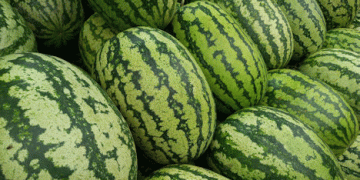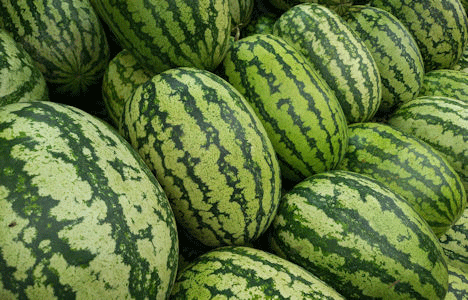Spain has long been recognized as one of Europe’s major watermelon suppliers, and the province of Almería continues to be a pivotal player in this industry. According to recent data from Hortoinfo and the statistical service Estacom (ICEX-Agencia Tributaria), Almería exported 335.9 million kilograms of watermelons in the 2023/24 season, representing 42.06% of Spain’s total watermelon exports. Yet, despite maintaining its leadership, the province has faced a concerning reduction in its export volume.
Declining Trends in Almería’s Watermelon Exports
Over the past five seasons, Almería’s watermelon export volume has dropped by a significant 27.09%. In the 2018/19 season, the province reached its peak with 920.08 million kilograms, a figure that has since fallen steadily. This decline raises important questions about production pressures, resource management, and external market competition.
Overall, Spain exported 798.53 million kilograms of watermelons between September 2023 and August 2024, valued at €546.79 million. The average export price was €0.68 per kilogram, which has been influenced by various market forces, including production costs, international competition, and evolving consumer demands.
Key Regional Contributions
Aside from Almería, the regions of Murcia, Valencia, and Ciudad Real also contributed significantly to Spain’s watermelon exports. Murcia exported 182.82 million kilograms, making up 22.89% of the national total. Valencia and Ciudad Real followed with 12.72% and 4.94% of exports, respectively. Despite this regional diversity, Almería’s production still underpins Spain’s position in the international watermelon market.
Potential Factors Behind the Decline
Several factors may explain the downward trend in Almería’s exports. Watermelon production is highly water-intensive, and the province has faced challenges related to water scarcity and sustainability. In addition, climate variability has increasingly impacted agricultural yields. Market conditions, such as price competition from other Mediterranean countries and logistical challenges, have also played a role.
Moreover, the rising cost of inputs, such as labor and energy, puts pressure on growers. Sustainability practices and efficiency improvements are becoming crucial for future production, but these require investment and adaptation to new agricultural technologies.
Almería’s continued leadership in watermelon exports highlights the region’s agricultural significance but also exposes vulnerabilities that could affect its long-term dominance. Addressing these challenges will require strategic adaptation, investment in resource-efficient practices, and perhaps a re-evaluation of crop choices in light of environmental constraints. For Spain to maintain its status as a leading watermelon exporter, innovation and collaboration within the agricultural sector are more important than ever.


































